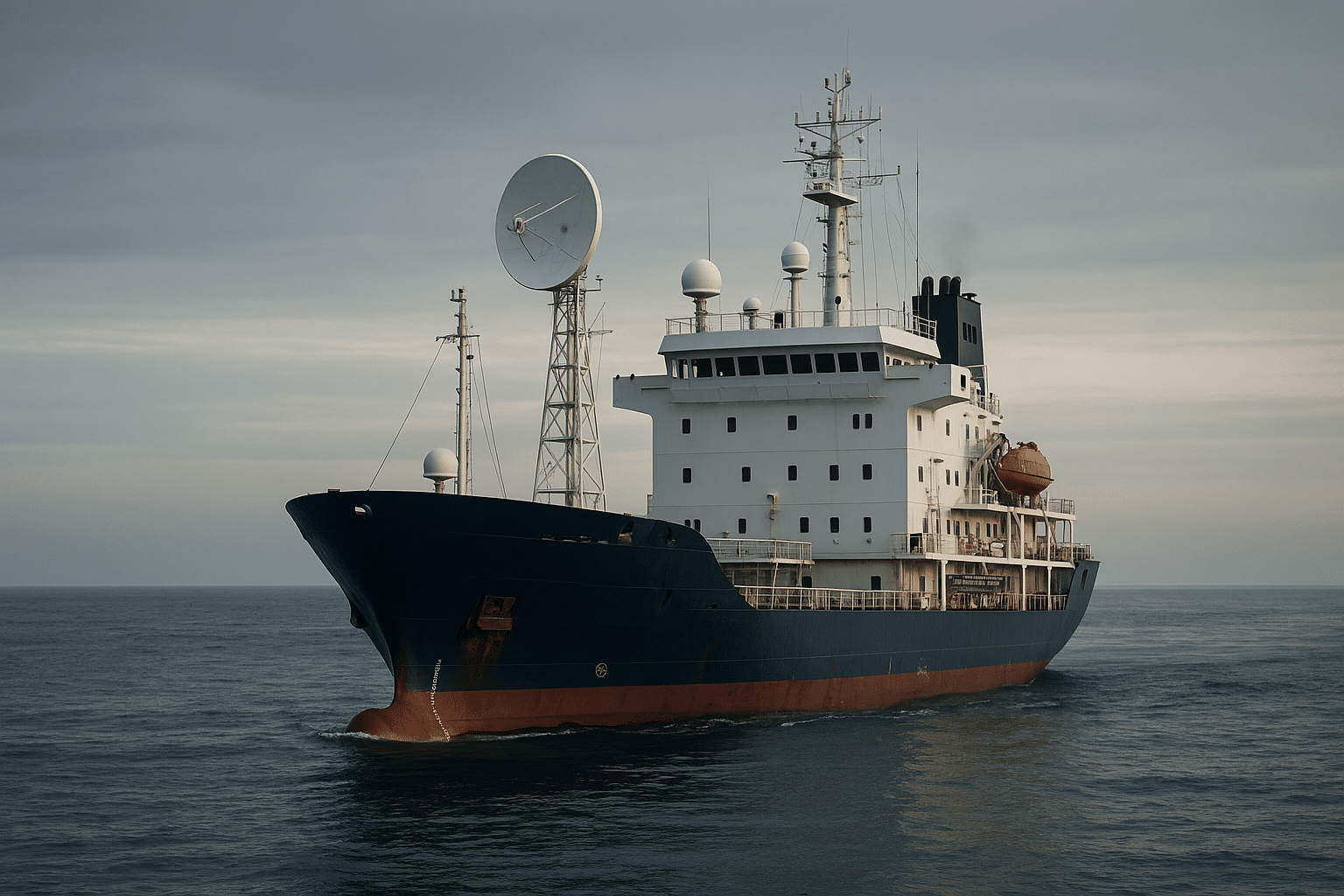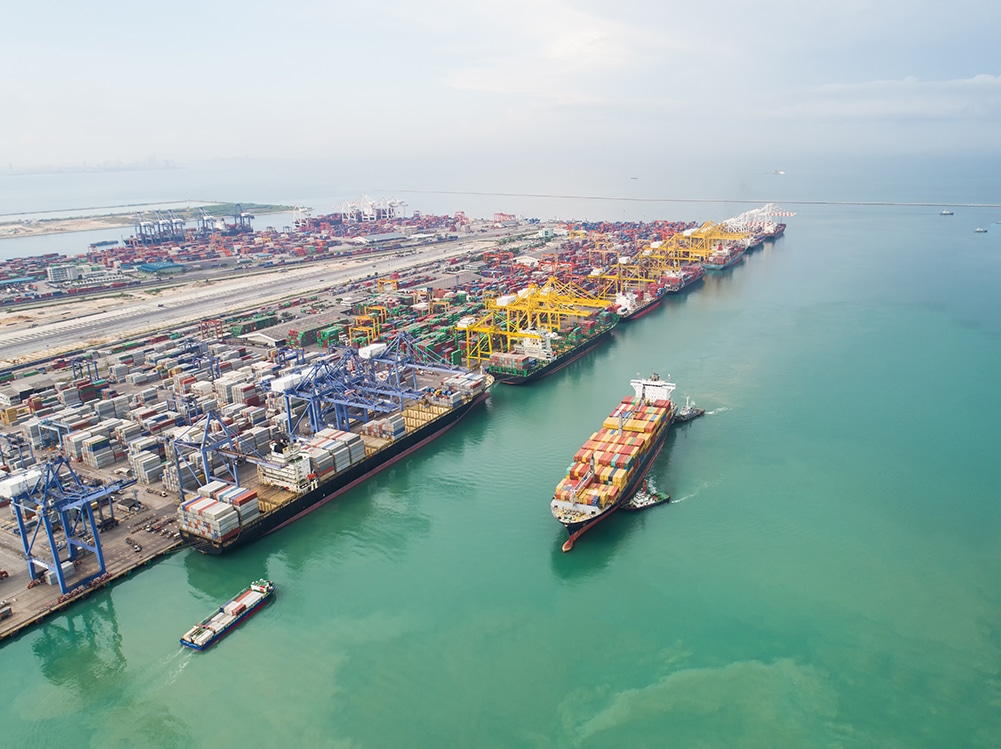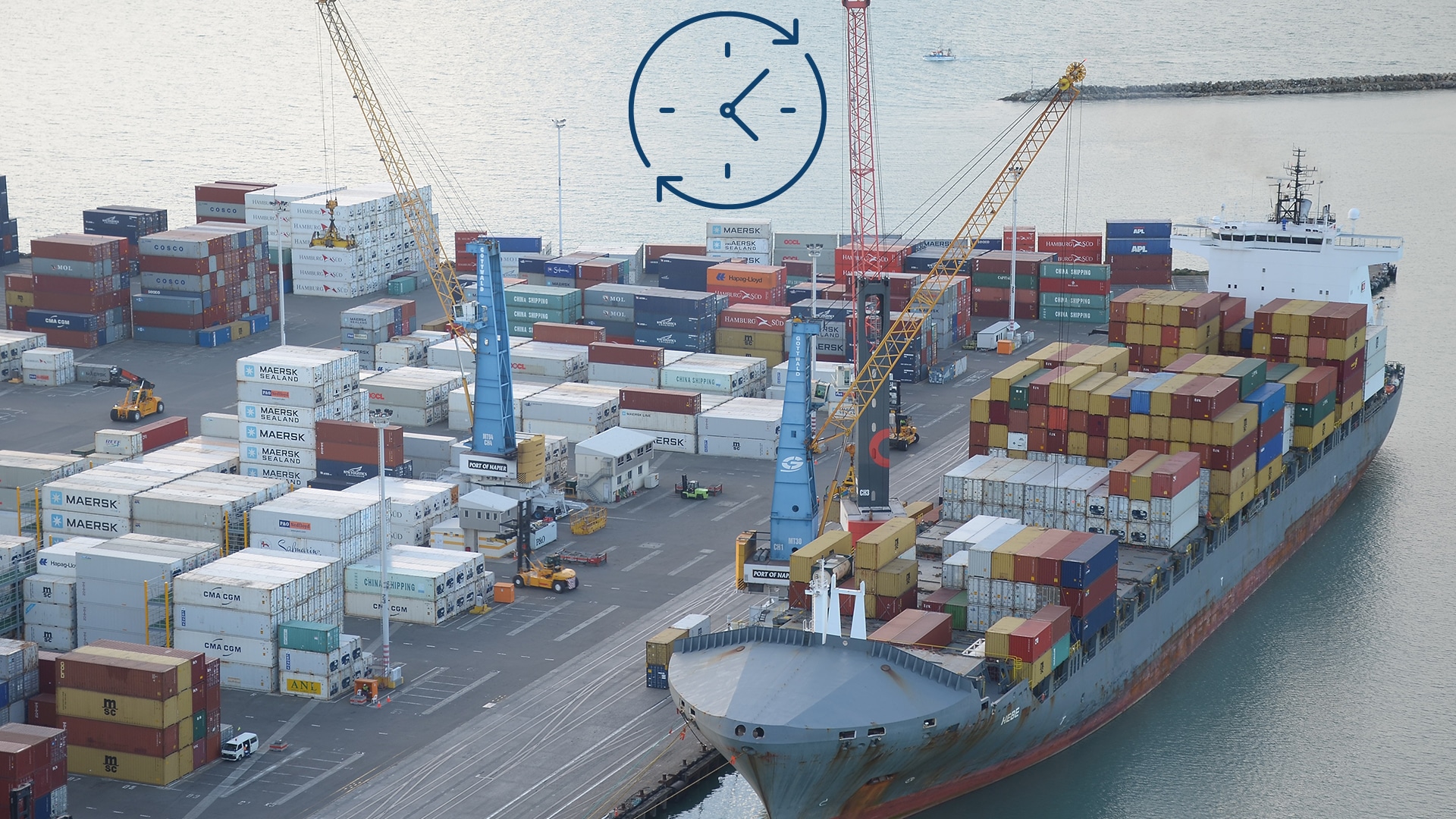PAM Buoy Specifications
Detect and monitor marine mammals in real-time with our advanced PAM technology. Protect marine life and ensure regulatory compliance for your offshore projects.
Sinay PAM Buoy Datasheet
| Dimensions | • Length : 4,8 metres • Height : 1,3 metre à terre • Width : 1,2 metre • Weight : 500 kilogrammes |
| Power supply | • 2 x 36 cell solar panel monocrystallins • Power : 176W • Weight : 2,4 kg • Dimensions : 1523 x 683 x 2 mm |
| Batteries | • Protection against undervoltage, surtension, surchauffe • No risk of sulfation • Lithium iron phosphate 25,6V/200Ah SMART (Victron Energy) • Weight: 56kg • Dimensions : 317 x 631 x 208mm • Operating temperature: 20°C/+50°C |
| Autonomy | • 365d/year - 24h/24h |
| Ergonomics | • Watertight composite case • Lifting bar provided • Buoys can be towed by light vessels • Insubmersible |
| Operational limits | • Recording and transmission: 2 m waves depending on swell and wind • Permanent mooring |
| Security | • High visibility 3,5 NM • GPS for real-time awareness of system position |
| Intellectual property | • Patented technology |


Key features
The Sinay PAM Buoy is an advanced, autonomous system designed for continuous monitoring of marine environments. It combines cutting-edge technology with robust design to provide reliable, real-time acoustic data.
Electrical Autonomy
Operates 24/7 with solar power and efficient battery systems.
Real-time Transmission
Sends acoustic data, noise indicators, and marine mammal detections instantly.
Advanced Detection
Uses hydrophones and onboard AI for accurate marine life monitoring
Easy to Deploy
Can be towed by small vessels and automatically aligns with wind and swell.

Real-time transmission
Alerting System on noise levels, treshlods and detection of cetaceans

Our embedded AI algorithms have a detection rate of 96% of marine mammal signals and a probability of false alarm of less than 0.005%.
These performances are constantly improving with regular training of our AI.
Recorder and hydrophone provide with the Buoy
The broadband hydrophones delivered with the Sinay PAM buoys make it possible to cover the entire frequency range of emissions form marine mammals, particularly popoises and dolphins.
HTI-99-UHF
| Sensitivity | Without Pre-Amplifier: -210dB re : 1V/µPa (8.9 V/bar) With Pre-Amplifier: Max -166 dB re: 1V/µPa Min -250dB re : 1V/µPa |
| Frequency range | 2 Hz to 250 kHz |
| Maximum depth | 2000 m |

HTI-96
| Sensitivity | Without Pre-Amplifier: -201 dB re : 1V/µPa (8.9 V/bar) With Pre-Amplifier: Max -165 dB re: 1V/µPa Min -240dB re : 1V/µPa |
| Frequency range | 2 Hz to 30 kHz |
| Maximum depth | 500m |

Compliant with Acoustic regulations
Various methods for acoustic analysis are available for both pulsed events and continuous sounds, including their cumulative noise: these include determining the Sound Pressure Level (SPL) or Sound Exposure Level (SEL) based on ISO 2017 standards, measuring third-octave band levels as per ANSI/ASA S1.11-2014, and calculating M-weighted levels (Southall et al., 2019).
The analysis of acoustic properties and identification of threshold exceedances are conducted in line with relevant regulations, including European guidelines (MSFD), French standards, as well as American (NMFS) and German regulations.
Sustainable Development Goal
We pride ourselves on supporting the European Union’s goal of a sustainable future as communicated through the 17 Sustainable Development Goals.

Tools
Learn
Raise the efficiency of your value chain or to reduce your environmental footprint to save time and money.
APIs
Developers
All APIs have worldwide coverage and cover all commercial vessel types. Access our APIs and start implementing them in under 5 minutes thanks to our developer resource portal.
Frequently Asked Questions
Passive Acoustic Monitoring (PAM) is a technology used to detect underwater sounds, including the
vocalizations of marine mammals and noise generated by human activities. It helps assess the impact
of underwater noise on marine life and supports conservation efforts by providing real-time data.
PAM uses hydrophones to capture the full frequency range of marine mammal vocalizations,
allowing it to detect species such as dolphins and whales in real-time. This enables researchers and
industries to take immediate action to minimize the impact of human activities on these animals.
For marine sector stakeholders, knowing the environmental conditions supports faster strategic decision-making for maritime activities or projects. Harnessing high-quality metocean data may lead to designing tailored and efficient solutions against any challenges.
Underwater noise can disturb or harm marine life, especially from human activities like shipping,
construction, and sonar use. Monitoring this noise helps identify and mitigate harmful levels,
protecting sensitive species and ensuring compliance with environmental regulations.
- water movements: sea-surface level, current speed, and direction, tide and surge variations;
- offshore wind: mean wind speed/strength, wind direction;
- sea state: wavelength and height, wave period, wave direction;
- water characteristics: depth, salinity, temperature;
- air temperature.
Sinay’s PAM buoy offers real-time detection of marine mammals, autonomous power without
regular maintenance, and data transmission via a cloud-based dashboard. It allows for easy
installation and operation, providing crucial environmental data to both operators and end-users.
The PAM system provides real-time data on noise levels, frequency of ambient noise, and marine
mammal detections. It also offers threshold alerts for acoustic limits, reporting capabilities, and
multi-sensor integration for a comprehensive monitoring solution.
- map the water’s dynamic effects from a measuring point in a radius of one kilometer or more, to generate global, regional, or local wave models, tidal and current models, etc.
- track weather changes within a time interval (minutes, days, weeks, months, years) to evaluate the occurrence of the events and extrapolate them to get refined predictions.
A central dashboard allows easy reading of data and models.
The PAM dashboard is a cloud-based platform that gives users 24/7 access to real-time data,
including noise levels, marine mammal detections, and buoy GPS positions. It allows for easy data
management and report generation, helping users make informed decisions about their operations.
Yes, PAM is an excellent tool for environmental impact assessments, particularly in marine
environments. It helps monitor noise levels during project phases such as baseline establishment,
construction, and ongoing operation, providing valuable data for risk assessments and regulatory
compliance.
Latest Posts
Featured content about Logistics

Maritime IoT Protocol Wars: LoRa vs NB-IoT vs Satellite Mesh in Real-World Deployments
LoRa, NB-IoT, and Satellite Mesh are key technologies in maritime IoT, driving smarter vessel operations and improving marine environmental monitoring.

What are 7 Types of Cargo Ships?
Explore the world of maritime transportation and learn about the 7 different types of cargo ships, including bulk carriers, container ships, and more. Discover the
Top Posts

What is Artificial Intelligence in Smart Port Operations?
Understand the role of artificial intelligence in smart port operations and learn about its benefits and challenges. Discover the latest advancements and applications.

Port Efficiency and Vessel Turnaround Time
In ocean shipping, Vessel Turnaround Time- the time frame of arrival and departure of the vessel at a port- turns out to be the most

Vessel Route Forecasting: Predicting ETA and Increasing Fuel Efficiency
The world of maritime navigation is improving and evolving every day, focusing on increasing ship safety and the economic viability of all shipping operations. With